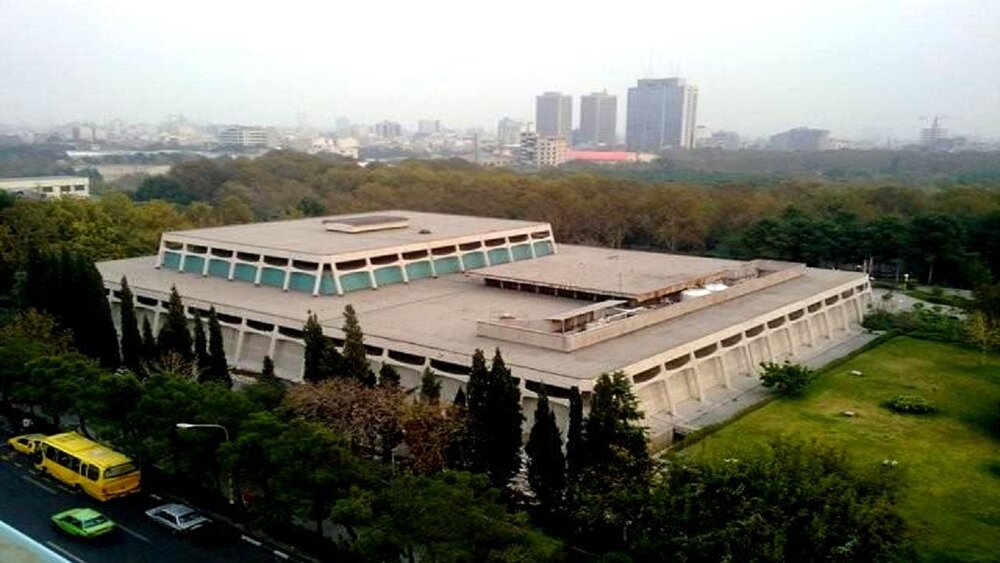Tehran carpet museum closes for partial restoration

TEHRAN - Tourists and art lovers are unable to visit the Carpet Museum of Iran for eight days as its main building has undergone a partial restoration.
The museum will be closed from June 19 to 26, ISNA reported on Sunday.
The renovation work takes place upon the order of Ezzatollah Zarghami, the Minister of Cultural Heritage, Tourism and Handicrafts, the report said.
“My house is near the carpet museum and I go for a long walk around the carpet museum, I saw that the entrance of the museum is very dirty, cats are climbing and the working children are gathering there,” the minister said.
“I asked them (museum authorities) to clean the entrance of the museum and I ordered to establish a special section for a permanent handicraft market…”
Covering an area of 3,400 square meters, the museum boasts a treasure trove of some 2,000 Persian carpets that date from the Safavid era onwards. It also puts on display a rich patchwork of rare and centuries-old rugs, kilims, and tableau rugs.
Situated northwest of Laleh Park in the heart of Tehran, the Carpet Museum of Iran was inscribed on the National Heritage List in November 2017.
Persian carpets are sought after internationally with the medallion pattern being arguably the most characteristic feature of them all. Weavers spend several months in front of a loom, stringing and knotting thousands of threads. Some practice established patterns, some make their own.
Each Persian carpet is a scene that seems as ageless, a procedure that can take as long as a year, these efforts have long put Iran’s carpets among the most complex and labor-intensive handicrafts in the world. When the weaving is finally done, the carpet is cut, washed, and put out in the sun to dry.
Throughout history, invaders, politicians, and even enemies have left their impact on Iran’s carpets. As mentioned by Britannica Encyclopedia, little is known about Persian carpet making before the 15th century, when art was already approaching a peak.
For instance, the Mongol invasion of the 13th century had depressed Persia’s artistic life, only partially restored by the renaissance under the Mongol Il-Khan dynasty (1256–1353). Although the conquests of Timur (died 1405) were in most respects disastrous to Persia, he favored artisans and spared them to work on his great palaces in Samarkand.
Later in the 17th century, there were a growing demand for the production of so many gold-and silver-threaded carpets that were ultimately exported to Europe. Some were made in Kashan, but many of the finest came from Isfahan. With their high-keyed fresh colors and opulence, they have affinities with European Renaissance and Baroque idioms.
At the end of the 17th century, nomads and town dwellers were still making carpets using dyes developed over centuries, each group maintaining an authentic tradition. Not made for an impatient Western market, these humbler rugs of the “low school” are frequently beautifully designed and are of good material and technique.
AFM
Leave a Comment